Internet café
hideThis article has multiple issues. Please help improve it or discuss these issues on the talk page. (Learn how and when to remove these template messages)
|
An Internet café (also known as a cybercafé) is a café (or a convenience store or a fully dedicated Internet access business) that provides Internet access to the public. The fee for using a computer is generally charged as a time-based rate. The first Internet café was opened in South Korea.
Precursors[edit]
The early history of public access online networking sites is largely unwritten and undocumented. There are many experiments that can lay claim to being among the first online cafés.
In March 1988, the Electronic Café was opened at Hongik University in Seoul, South Korea by Ahn Sang-Su and Keum Nuri. Two 16bit computers connected to Online service networks through telephone lines. Offline meetings were held in the café, which served as a place that connected online and offline activities.[1]
In July 1991, the SFnet Coffeehouse Network was opened in San Francisco, United States by Wayne Gregori. Gregori installed coin-operated computer terminals in coffeehouses throughout the San Francisco Bay Area. The terminals dialed into a 32 line Bulletin Board System that offered an array of electronic services including FIDOnet mail and, in 1992, Internet mail.
Internet cafés[edit]
The concept of a café with full Internet access (and the name Cybercafé) was invented in early 1994 by Ivan Pope. Commissioned to develop an Internet event for an arts weekend at the Institute of Contemporary Arts (ICA) in London, and inspired by the SFnet terminal based cafes, Pope wrote a proposal outlining the concept of a café with Internet access. For the event Seduced and Abandoned: The Body in the Virtual World. Over the weekend of March 12 - 13 in the theatre at the ICA, Pope ran a Cybercafe which consisted of multiple Apple Mac computers on cafe style tables with menus of available services.[2]
Around June 1994, The Binary Cafe, Canada's first Internet café, opened in Toronto, Ontario.
Inspired partly by the ICA event and associated with an Internet provider startup, EasyNet, in the same building, a commercial Internet café called Cyberia opened on September 1, 1994, in London, England.
The first public, commercial American Internet café was conceived and opened by Jeff Anderson and Alan Weinkrantz in August 1994, at Infomart in Dallas, Texas, and was called The High Tech Cafe.[3]
A bar called CompuCafé was established in Helsinki, Finland in 1994 featuring both Internet access and a robotic beer seller.[4][5]
In January 1995, the CB1 Café in Cambridge installed an Internet connection. It was the longest running Internet Café in the UK, ultimately closing down in 2015.[6][7]
The Scottish Bar in French-speaking Switzerland was started on June 27, 1995 by Pierre Hemmer.[8]
In June 1995, three Internet cafés opened in the East Village neighborhood of New York City: Internet Cafe, opened by Arthur Perley, the @Cafe, and the Heroic Sandwich.[9] In 1996, the Internet café Surf City opened in downtown Anchorage, Alaska.
Characteristics[edit]
Internet cafés offer the use of computers with high bandwidth Internet access on the payment of a fee. Usage is generally charged by the minute or part of hour. An Internet cafe will generally also offer refreshments or other services such as phone repair. Internet cafes are often hosted within a shop or other establishment. They are located worldwide, and many people use them when traveling to access webmail and instant messaging services to keep in touch with family and friends. Apart from travelers, in many developing countries Internet cafés are the primary form of Internet access for citizens as a shared-access model is more affordable than personal ownership of equipment and/or software. Internet cafés are a natural evolution of the traditional café. Cafés started as places for information exchange, and have always been used as places to read the paper, send postcards home, play traditional or electronic games, chat to friends, find out local information. As Internet access is in increasing demand, many pubs, bars and cafés have terminals, so the distinction between the Internet café and normal café is eroded. In some, particularly European countries, the number of pure Internet cafés is decreasing since more and more normal cafés offer the same services.
While most Internet cafés are private businesses many have been set up to help bridge the 'digital divide', providing computer access and training to those without home access. There are also Internet kiosks, Internet access points in public places like public libraries, airport halls, sometimes just for brief use while standing.
Many hotels, resorts, and cruise ships offer Internet access for the convenience of their guests; this can take various forms, such as in-room wireless access, or a web browser that uses the in-room television set for its display (usually in this case the hotel provides a wireless keyboard on the assumption that the guest will use it from the bed), or computer(s) that guests can use, either in the lobby or in a business center. As with telephone service, in the US most mid-price hotels offer Internet access from a computer in the lobby to registered guests without charging an additional fee, while fancier hotels are more likely to charge for the use of a computer in their "business center."
For those traveling by road in North America, many truck stops have Internet kiosks, for which a typical charge is around 20 cents per minute.[10]
Internet cafés come in a wide range of styles, reflecting their location, main clientele, and sometimes, the social agenda of the proprietors. In the early days they were important in projecting the image of the Internet as a 'cool' phenomenon.
A variation on the Internet café business model is the LAN gaming center, used for multiplayer gaming. These cafés have several computer stations connected to a LAN. The connected computers are custom-assembled for gameplay, supporting popular multiplayer games. This is reducing the need for video arcades and arcade games, many of which are being closed down or merged into Internet cafés. The use of Internet cafés for multiplayer gaming is particularly popular in certain areas of Asia like India, China, Taiwan, Hong Kong, South Korea and the Philippines. In some countries, since practically all LAN gaming centers also offer Internet access, the terms net cafe and LAN gaming center have become interchangeable. Again, this shared-access model is more affordable than personal ownership of equipment and/or software, especially since games often require high end and expensive PCs.
In Asia, gaming is very popular at the Internet cafés. This popularity has helped create a strong demand and a sustainable revenue model for most Internet cafés. With growing popularity, there also comes with this a responsibility as well. In fighting for competitive market share, the Internet cafés have started charging less and hence are adopting alternate means to maximize revenue. This includes selling food, beverages, game and telephone cards to its patrons.
Legal issues[edit]
In 2003 the EasyInternetcafé chain was found liable for copyright infringement occurring when customers used its CD-burning service to burn illegally downloaded music to their own CDs.[11]
In 2005 Italy began requiring entities such as Internet cafés to collect photocopies of the passports of Internet, phone, or fax-using customers as a result of anti-terrorism legislation passed in July of that year.[12]
By 2010, a variation of the Internet café known as a "sweepstakes parlor" had become widespread in certain regions of the United States. These facilities offered entries in a contest to customers who purchase Internet usage. Sweepstakes parlors faced scrutiny by local governments, who argued that sweepstakes parlors are a form of illegal gambling. A large number of these locations faced raids by officials, while a number of states enacted laws to ban them.[13][14][15]
There are European countries where the total number of publicly accessible terminals is also decreasing. An example of such a country is Germany. The cause of this development is a combination of complicated regulation, relatively high Internet penetration rates, the widespread use of notebooks, tablets and smartphones and the relatively high number of wireless internet hotspots. Many pubs, bars and cafés in Germany offer wireless Internet, but no terminals since the Internet café regulations do not apply if no terminal is offered. Additionally, the use of Internet cafés for multiplayer gaming is very difficult in Germany since the Internet café regulations and a second type of regulations which was originally established for video arcade centres applies to this kind of Internet cafés. It is, for example, forbidden for people under the age of 18 to enter such an Internet café, although particularly people under 18 are an important group of customers for th


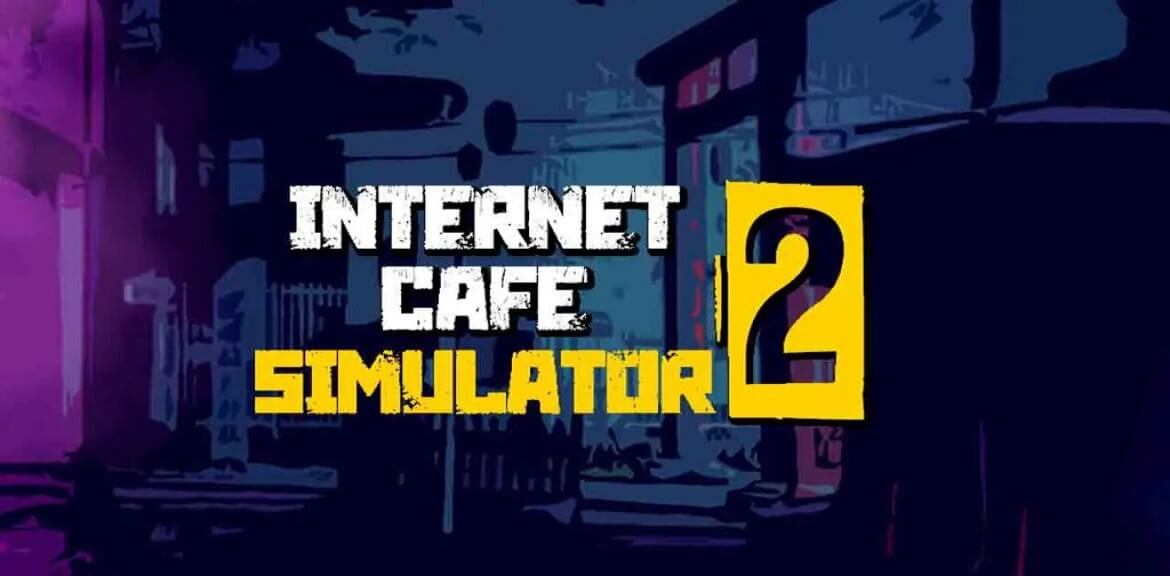
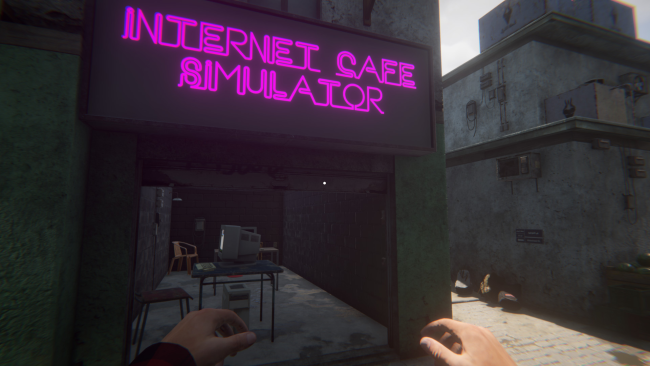
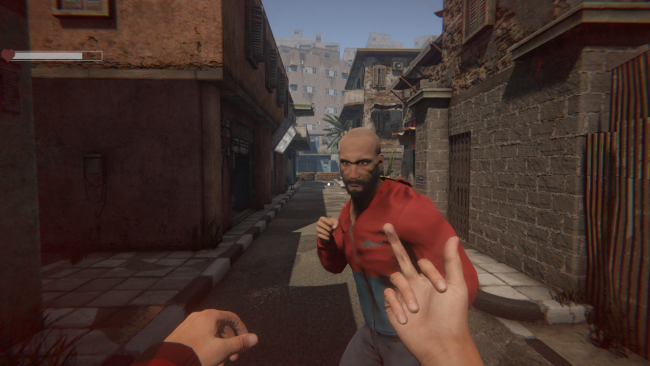

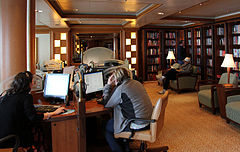






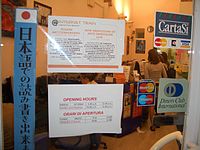
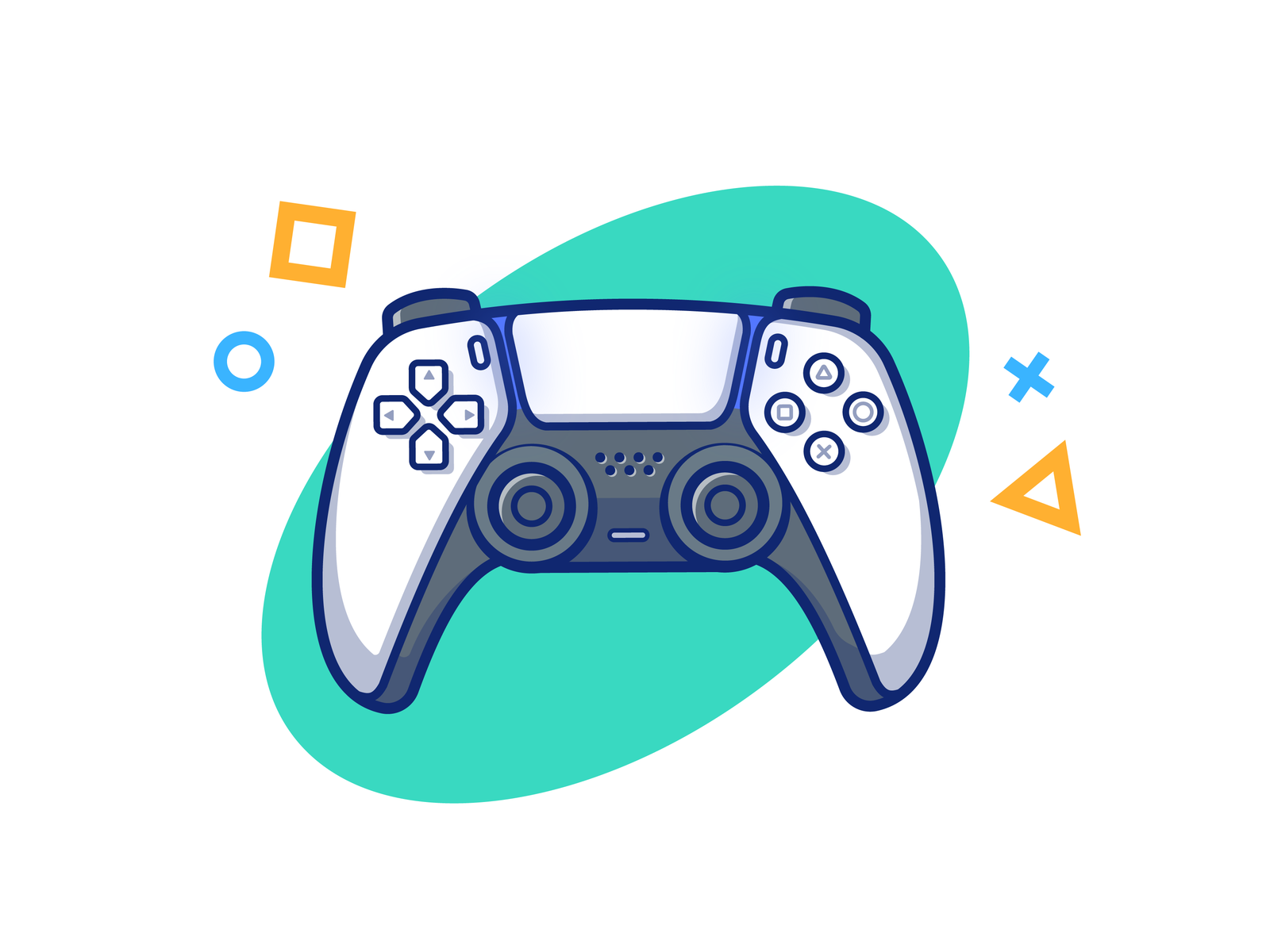



No comments:
Post a Comment